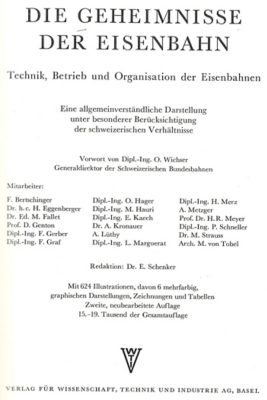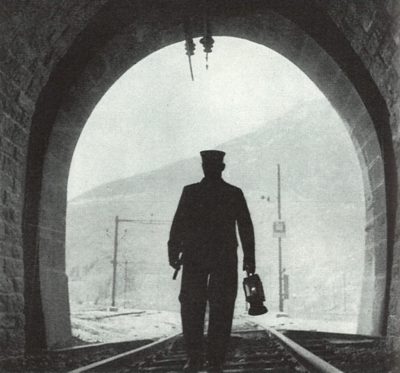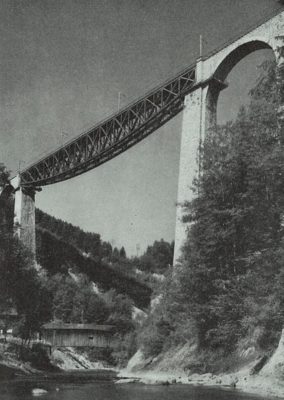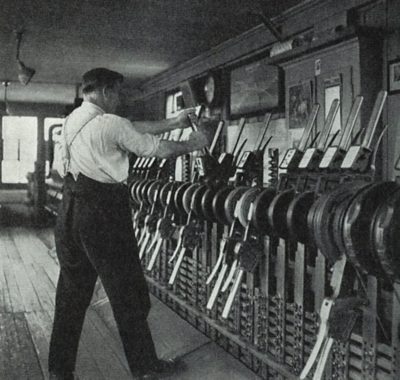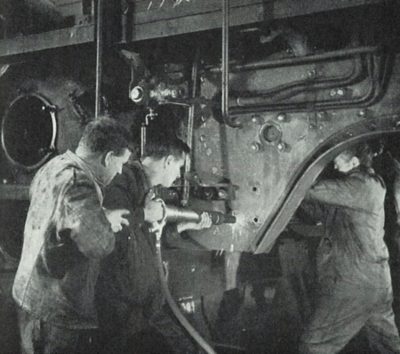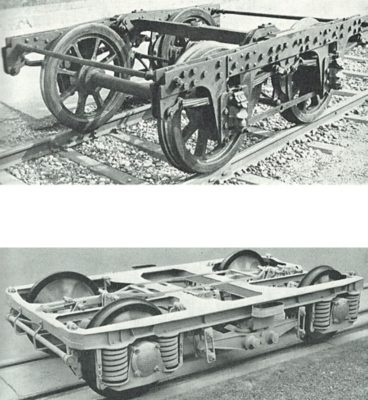Friedrich Bertschinger u.a.: Die Geheimnisse der Eisenbahn: Technik, Betrieb und Organisation der Eisenbahnen [...]. (Basel, 2. Auflage 1955).
published February 2015
The favorite book of Werner Nef
The fourth book in this series is about the "secrets of the railways", a very special chapter in the history of technology and one which has fascinated people from the very beginning. The reader is a real specialist with 40 years of experience as a locomotive driver.

